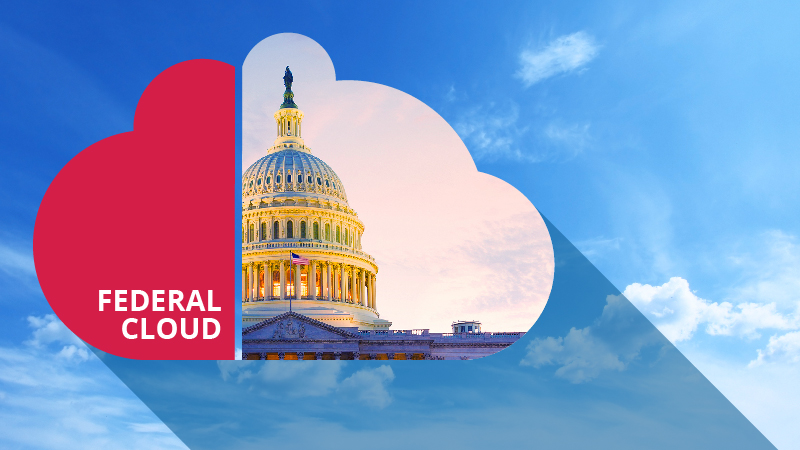
In the five years since the government has encouraged agencies to transition to the cloud, spending on cloud-based technologies has increased to about 9 percent, which is a good pace, according to Tom Ruff, vice president of Public Sector America at Akamai.
“That was a pretty nice jump given that cloud had some obstacles to begin with,” Ruff said.
Agencies struggle with transitioning to the cloud because of security and control concerns. Agencies worry about security because of the onset of major breaches.
“That has been a major issue in government walking before they run to the cloud,” Ruff said.
However, the breaches often occur behind the firewall in the data center rather than in the public cloud, according to Ruff. He encourages agencies to leverage Federal mandates such as the Federal Risk and Authorization Management Program (FedRAMP) and use private services to ensure the security of their data.
“In many respects your application could be as secure or more secure on a FedRAMP-complied system as on the origin infrastructure,” Ruff said.
However, Ruff knows that some information belongs in a data center, especially sensitive data that’s stored by the Department of Defense and other military agencies.
“There are certain applications that will always sit behind origin infrastructure given the mission criticality of those applications,” Ruff said.
Agencies also worry when they feel as if they don’t have control over their data in a cloud-based system.
“If I can’t see the infrastructure that’s hosting the application, I’m going to lose control,” users will tell Ruff.
About 25 agencies use the Akamai Intelligent Platform, which is FedRAMP certified, for enhanced security, improved performance, visibility, return on investment, and 100 percent availability.
The platform builds on existing security measures, delivers a consistent and faster experience no matter where the end user is located, and gives the user the visibility of exactly what and where devices and networks are going into the cloud, according to Ruff.
“Our average government customer will see an 80 percent offload,” Ruff said.
Akamai improves user experience by going back into the origin infrastructure for sensitive data, according to Ruff.
Considering the number of information technology problems that the government has had to try to tackle in recent years, such as the adoption of mobile devices, the ability to allot spending to cloud services is exceptional, according to Ruff.
“There’s a lot being thrown at the government,” Ruff said.
Seventy percent to 80 percent of government IT spending is connected to legacy systems. That leaves few resources for the cloud. Agencies that work on cloud adoption also need to run time-consuming risk assessments and hire staff that specializes in security and the cloud to determine which applications would benefit from cloud adoption and what security measures they should take to protect their data.
One program that helped agencies achieve financing for these IT endeavors was the Cybersecurity National Action Plan (CNAP). Agencies can keep their legacy systems running and move to the cloud at the same time with this funding, according to Ruff.
“Is the government moving as fast as it wants to? No,” Ruff said. “Things never move fast enough, but the government has done a good job.”
